What is the tolerance range of precision screws?
What is the tolerance range of precision screws?
Service Hotline
+86760-8787 8587We have more than ten years of experience in the production of screw industry, the main products are: hexagonal joint nuts, mechanical instrument screws, Phillips pan head screws, titanium spring washers, computer copper columns, knurled high-step nuts, double internal thread mesh nuts, GB901 double-headed screws, fine-thread screw caps, carbon steel support columns, aluminum blind rivets, one gun head each, countersunk head cross-hand screw bolts, countersunk head screw bolts, hexagon socket head combination screws and other fasteners, due to the product The materials and specifications are different, and the prices are also different. Please contact us if you need it.


The working principle of the nut is to use the friction between the nut and the bolt for self-locking. However, the reliability of this self-locking is reduced under dynamic loads. In some important occasions, we will take some anti-loosening measures to ensure the reliability of the nut locking. Among them, the use of lock nuts is one of the anti-loosening measures. There are also two types of locking nuts. One is to use two identical nuts to screw on the same bolt, and a tightening torque is added between the two nuts to make the bolt connection reliable. The other is a special lock nut, which needs to be used together with a lock washer. As shown in FIG. 1, a plastic gasket 2 is arranged in the center of the nut 1 to play a locking effect, but the process is complicated and the production is inconvenient. One is to drill through threaded holes from the outer surface of the nut to the inner thread surface (usually 2, distributed at 90 on the outer surface), which are used to screw in small-diameter countersunk head screws. The purpose is to apply a thread to the thread. A centripetal force prevents the lock nut from loosening. At present, the lock nut with better quality on the market is inlaid with small copper pieces that are consistent with the thread of the lock nut on the inner surface of the nut, which is used to prevent the radial jacking screw from directly contacting the locked thread and being damaged. By. This kind of lock nut is gradually applied in the shaft end locking of rotating motion parts, such as the anti-looseness of the bearing at the mounting end of the ball screw. The process is equally complex.
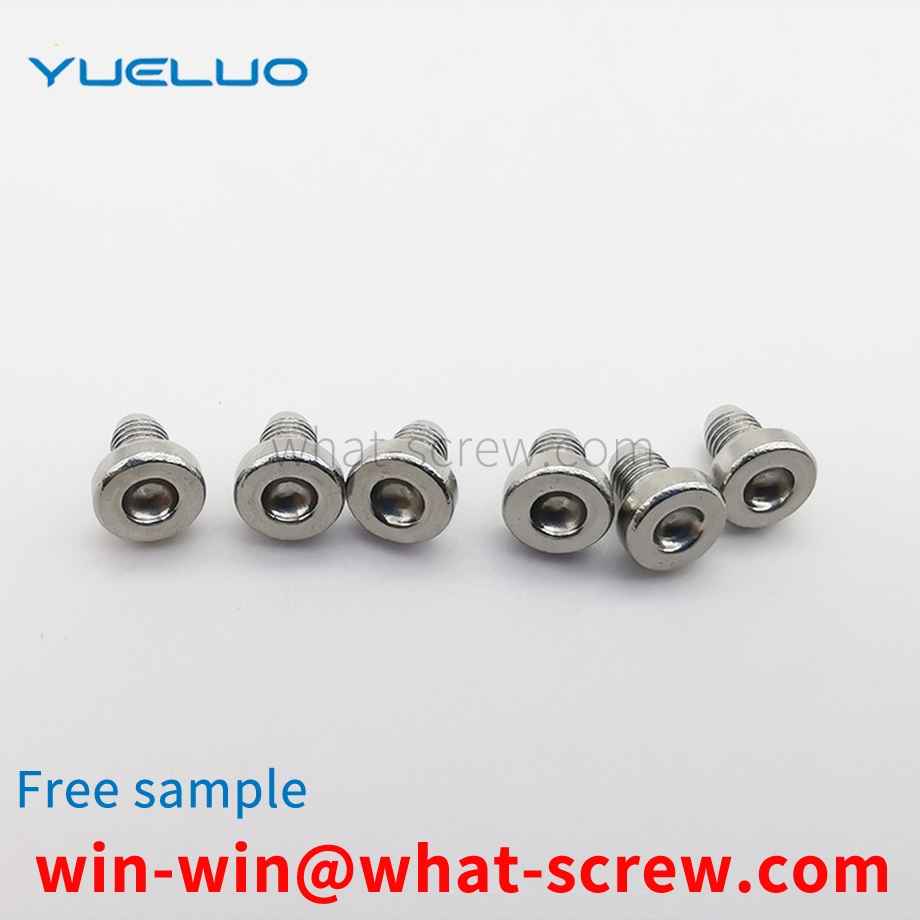
The screw is a fairly common structure in the technical field of machine parts assembly, and it mainly uses the mutual engagement characteristics of male and female threads to achieve the purpose of pressing the workpiece. At present, there are many kinds of screws on the market, and their functions are also very different. However, a stud and a rotating part by which the stud is rotated are the same basic structure.
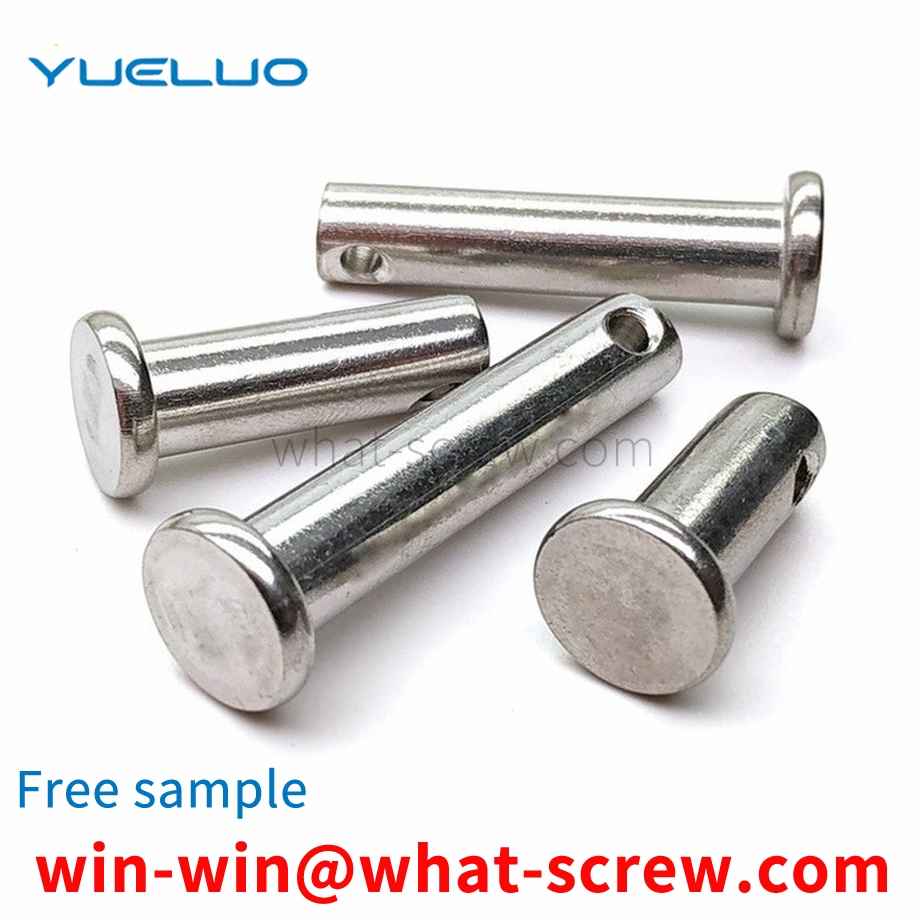
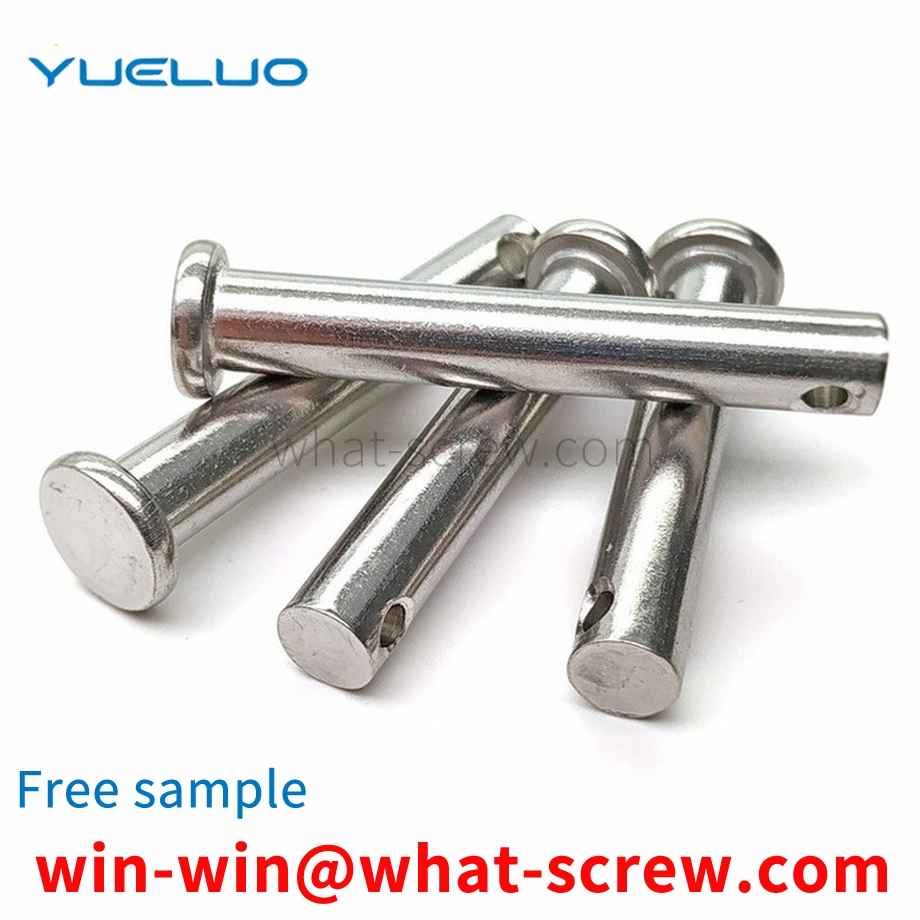
3. Friction coefficient The friction angle is an important factor affecting the torque, and the existence of friction is the basis for the normal operation of the lock nut. When the lock nut is working, the contact surface has pressure and friction under the action of the elastic restoring force of the thread piece. During the repeated use, the rough position and edges and corners of the contact surface are ground and smoothed under the action of cyclic friction. The coefficient of friction becomes smaller, which in turn reduces the maximum unscrewing torque of the nut.
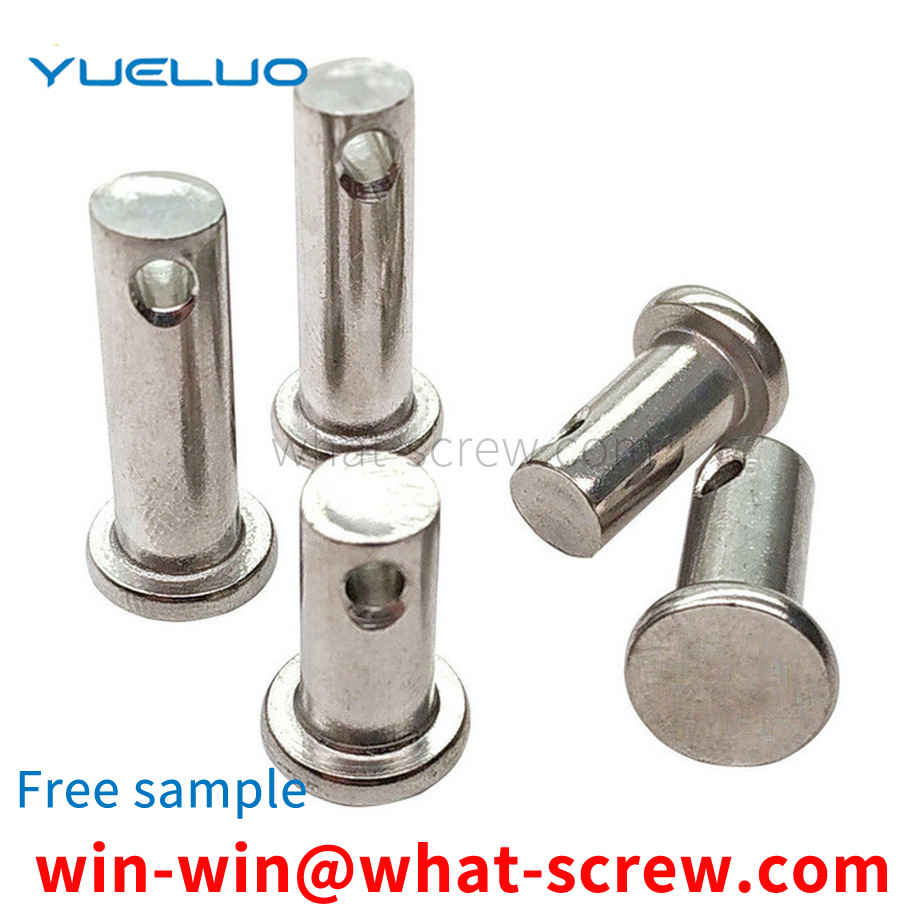
Self-tapping screws were introduced into the industry in large numbers in 1914. The earliest design (essentially imitating a wood screw) was a thread-forming screw made of hardened steel with an A-ended end, mainly used to connect sheet metal channels for heating and ventilation systems. Therefore, it is also called: sheet metal screw. By the end of the 1920s, with the widening of the market and new applications, emphasizing new designs, its application performance was widely improved. The following introduces the four different stages of the development of self-tapping screws in 40 years: thread forming self-tapping screws, thread cutting self-tapping screws, thread rolling self-tapping screws and self-drilling self-tapping screws. 1. Ordinary self-tapping screws (thread forming self-tapping screws) Ordinary self-tapping screws are a direct product of early sheet metal screws. The principle is: when screwing it into a prefabricated hole, the internal thread connected to the screw is formed by the displacement of the material around the hole and the material is pushed into the space between the threads. 2. Self-cutting self-tapping screws (thread cutting self-tapping screws) Because ordinary self-tapping screws are formed only in very thin threads. And it can be easily realized on materials with good toughness. Develop and expand the use of self-tapping screws to thicker sections and harder, brittle and other materials with poor deformability. In this way, the self-cutting self-tapping screw is developed: a cutting groove or cutting edge is machined at the end of the screw shank. When this kind of screw is screwed into the prefabricated hole, the screw acts as a tap and actually cuts out the thread that connects with itself. 3. Self-Extrusion Self-Tapping Screws (Thread Rolled Self-Tapping Screws) In the early 1950s, fastener engineers began to recognize the potential advantages of self-tapping screws as structural rather than just lightly loaded attachments. This has led to the development of a new self-tapping screw thread rolling self-tapping screw (self-extrusion self-tapping screw). According to the design principle of cold forging taps, the thread and end are specially designed for this kind of screw, so that the screw can be formed by applying intermittent and periodic pressure on the crest of its thread instead of on the side of the entire thread. Internal thread for connection. By concentrating and limiting the forming pressure, the pressurized material next to the hole is made to flow more easily and to better fill (squeeze) into the flanks and roots of the thread of the self-tapping screw. Since the frictional resistance of screwing in is much lower than that of ordinary self-tapping screws, threaded rolling self-tapping screws (self-extrusion self-tapping screws) can be screwed into thicker sections. At the same time, it has better screw control and tightening torque, and greatly improves the connection strength and overall firmness. The engineering standard of this kind of self-tapping screw stipulates that the selection of materials, the mechanical properties of heat treatment and the working performance should be strictly controlled. 4. Self-drilling and self-tapping screws (self-drilling screws) People have done statistics: Among the ten expenses that constitute the total assembly cost, the highest one includes the processing of holes. In practical applications of self-tapping screws, prefabricated holes need to be processed. Moreover, in order to make the prefabricated holes have good effect in practical application, the size of these holes must be controlled within a fairly strict range. In the early 1960s, self-drilling and self-tapping screws appeared. A major step forward in reducing assembly costs by eliminating the need to machine prefabricated holes. In general, self-drilling and self-tapping screws realize drilling, tapping and tightening in one operation. These are the four main stages of self-tapping screw design and development. In addition, two newly developed products are also worthy of introduction. Both are screws with a special thread type. One is designed for plastic and other low-strength materials; the other is used in the construction industry to connect cement wall panels, so it is also called wall panel self-tapping screws.
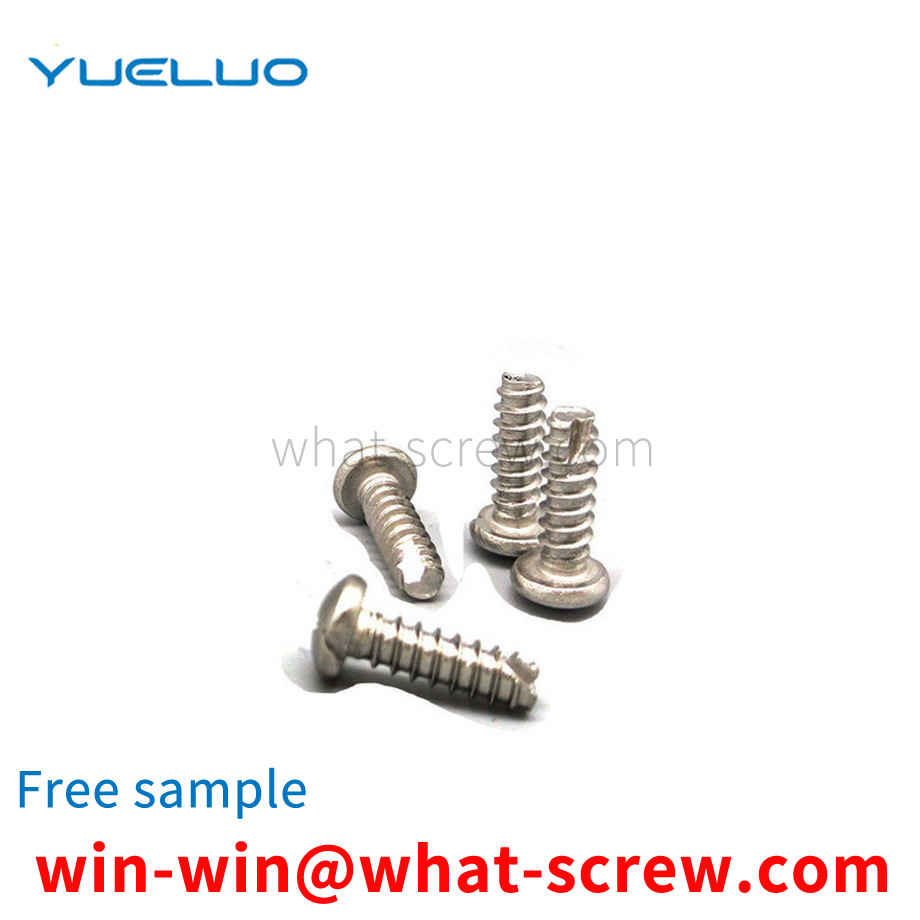
The above content is uploaded by Yueluo or the Internet. If there is any copyright issue, please contact [email protected].

What is the tolerance range of precision screws?

How to choose the right stainless steel screw manufacturer?

Why is there an R angle under the head of the hexagon head s...

We have more than ten years of experience in screw industry ...
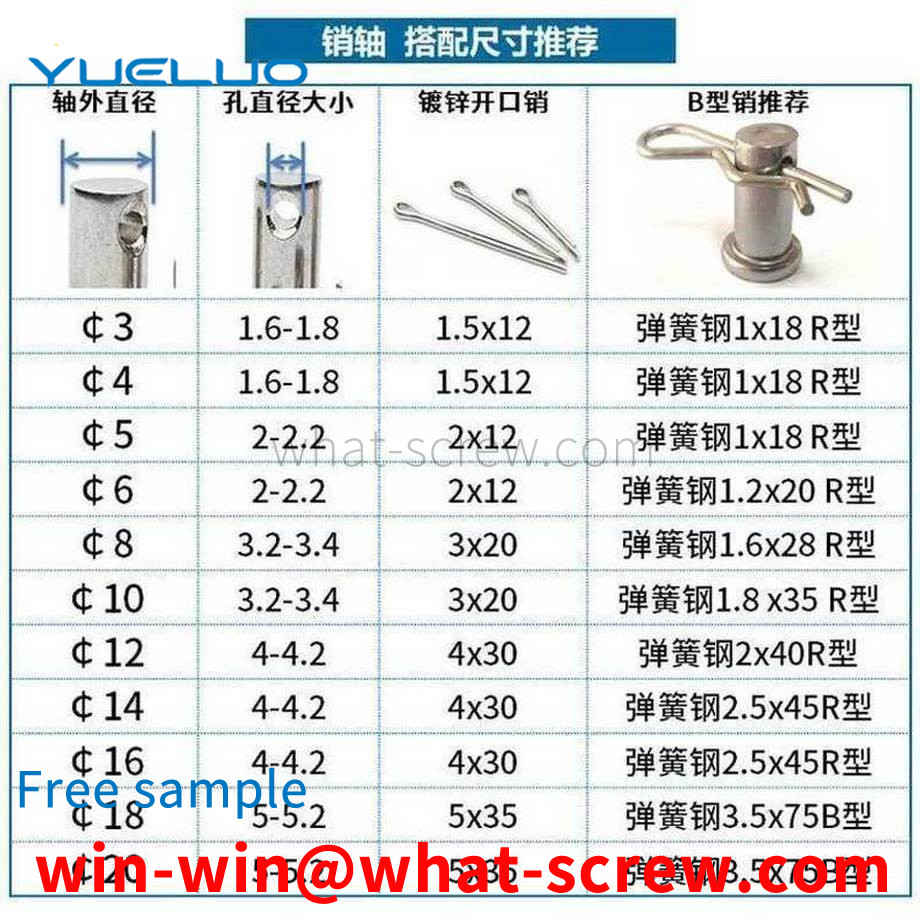
We have more than ten years of production experience in the ...

We have more than ten years of experience in screw industry ...
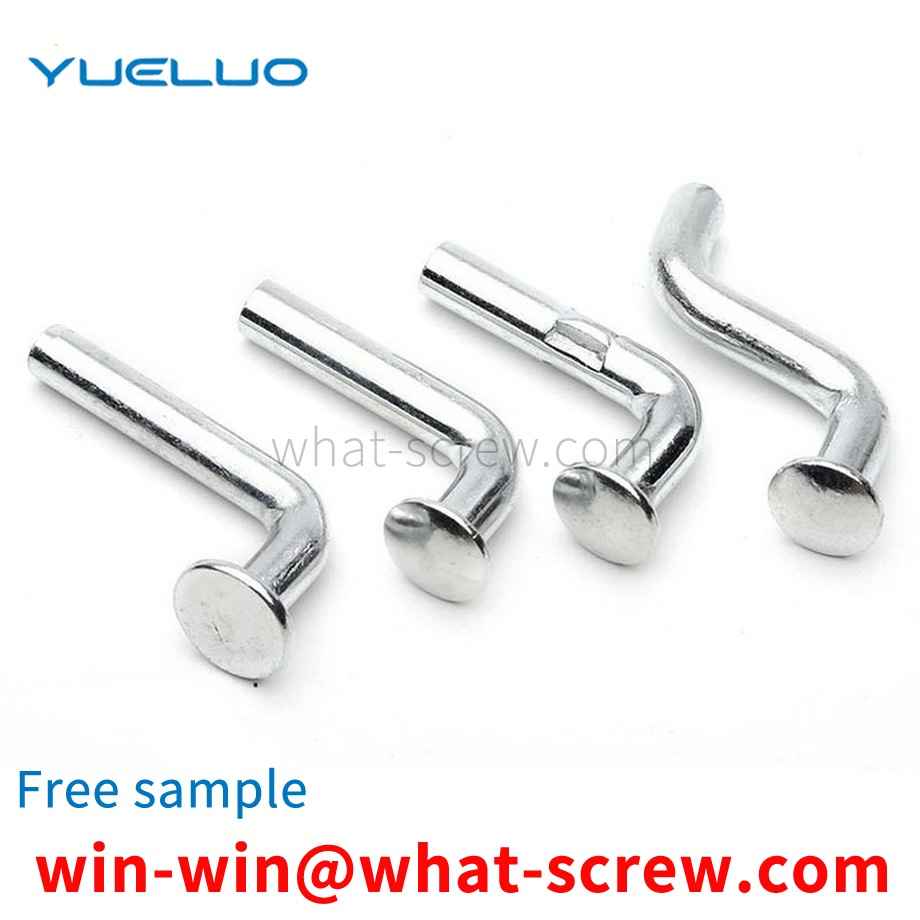
We have more than ten years of production experience in the ...